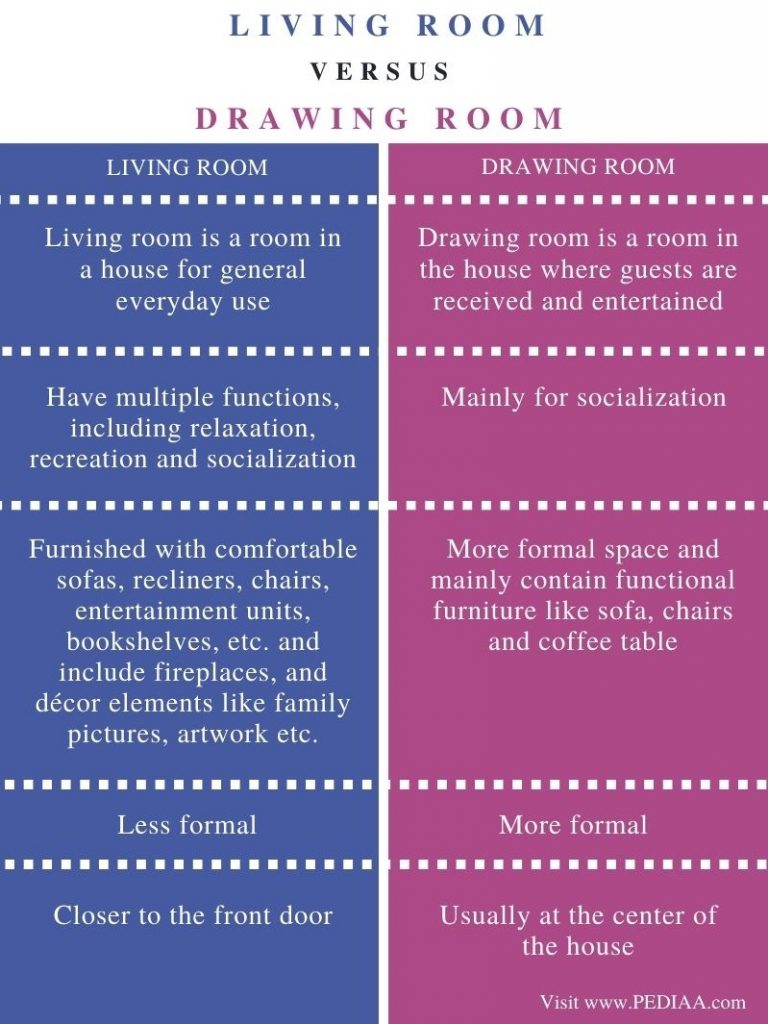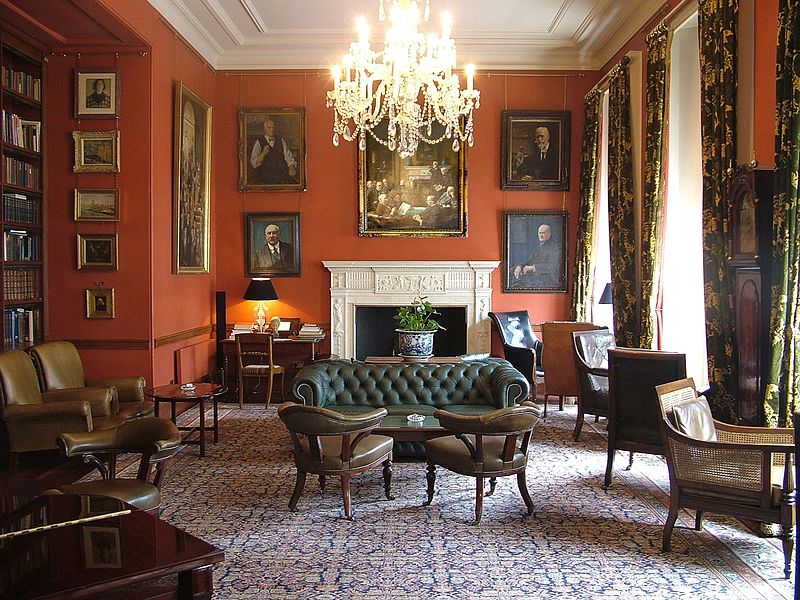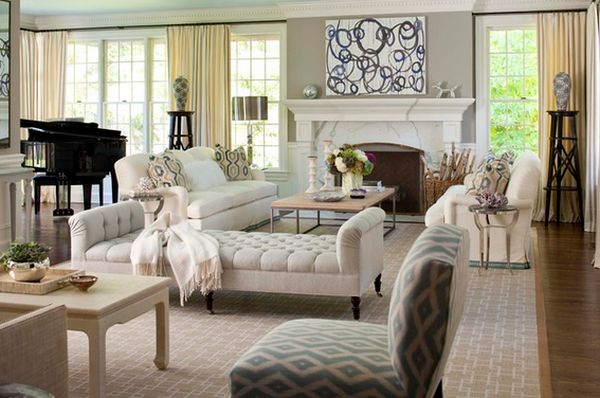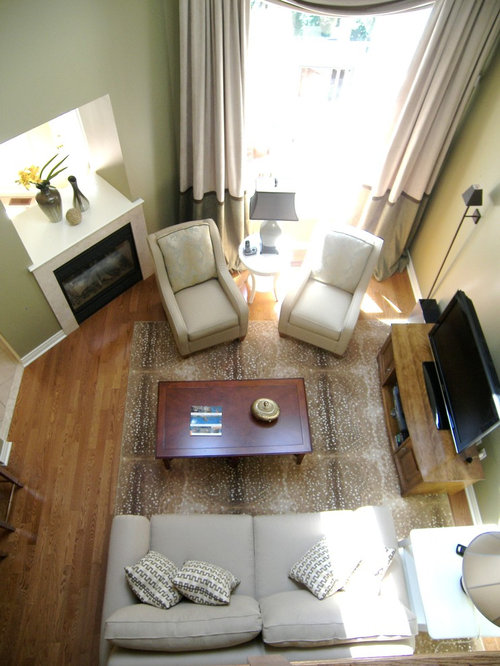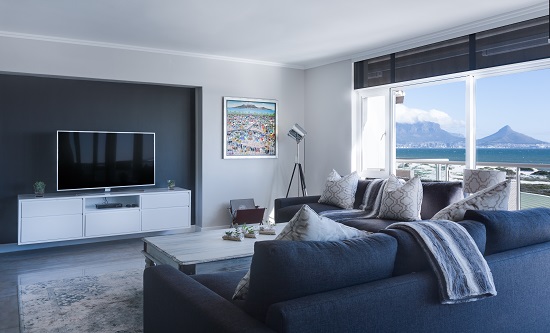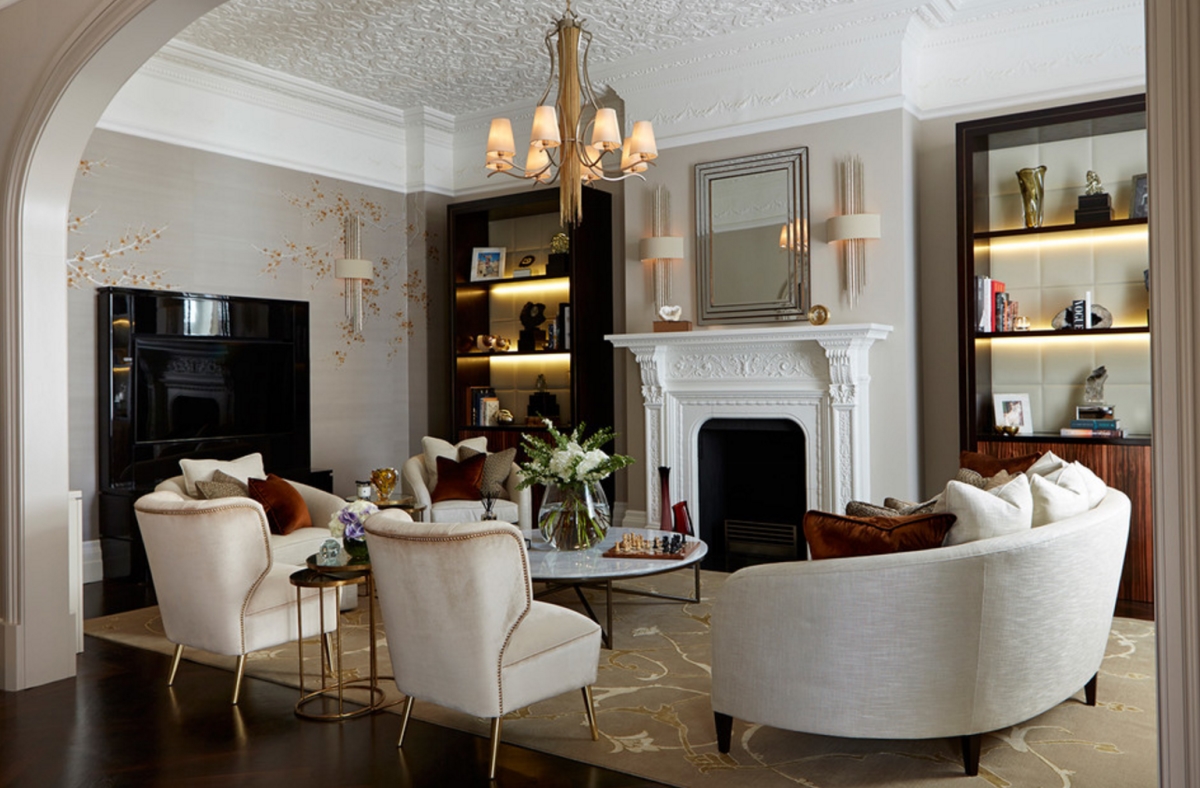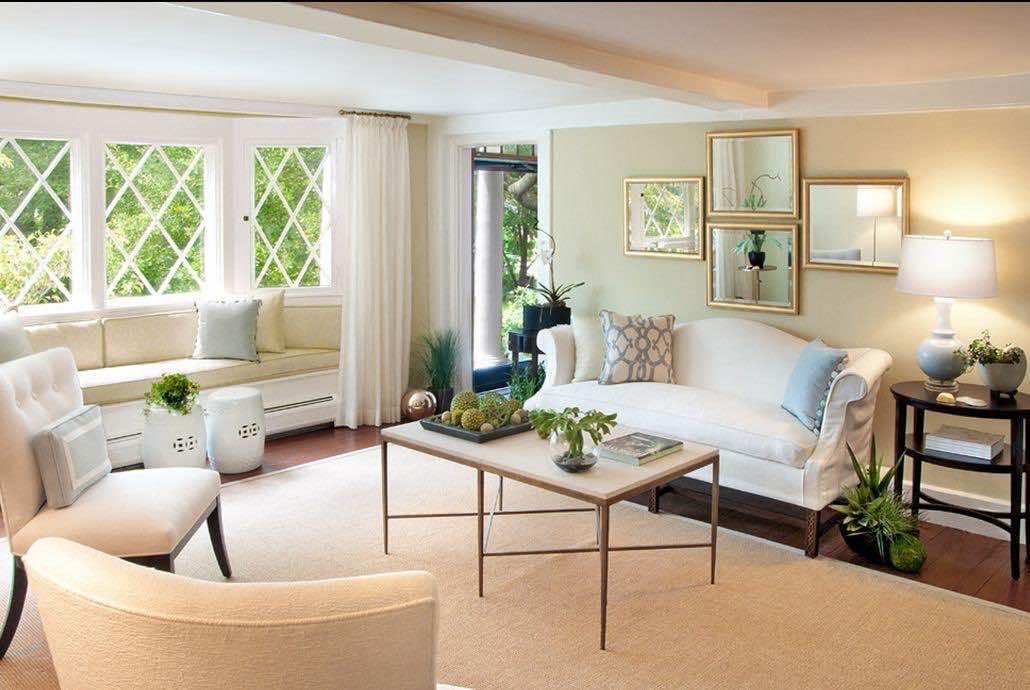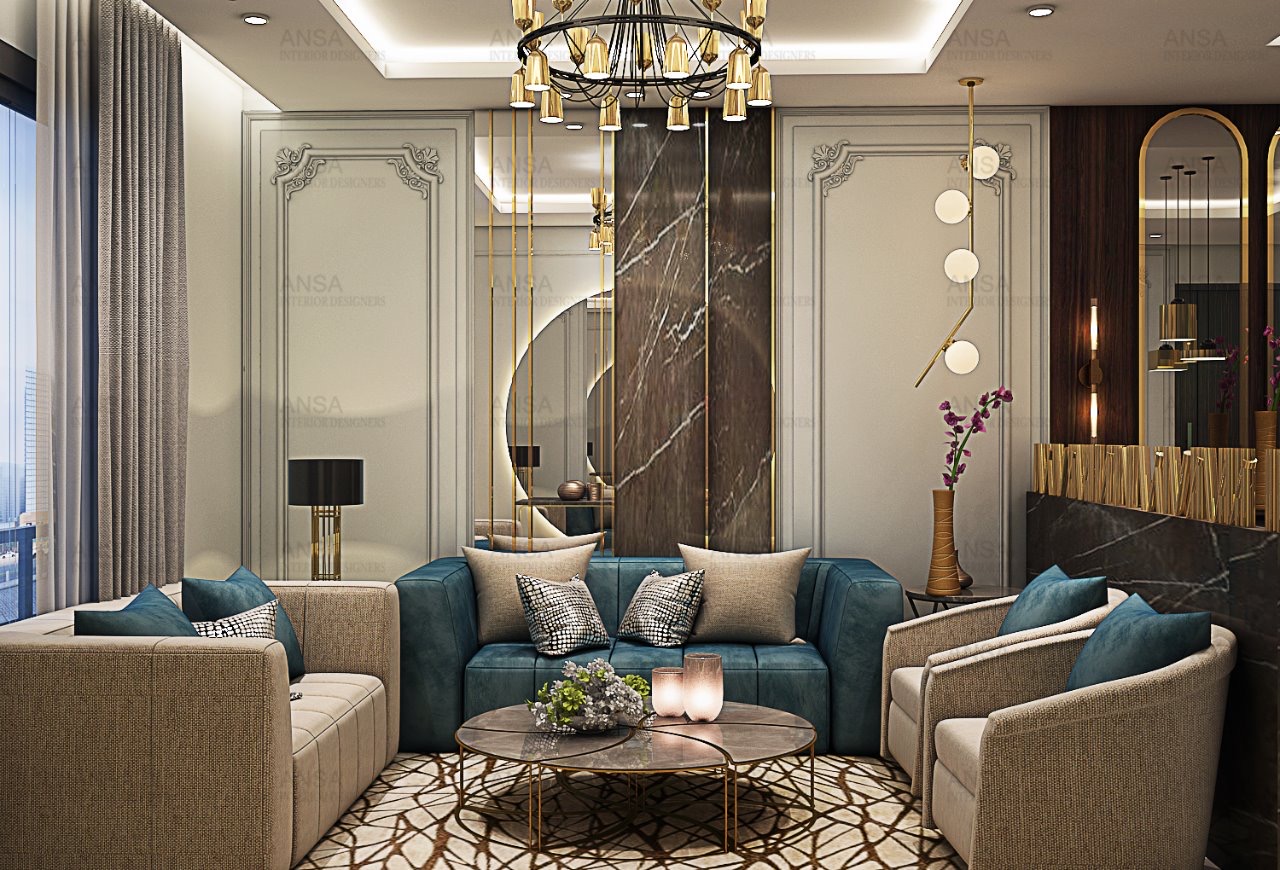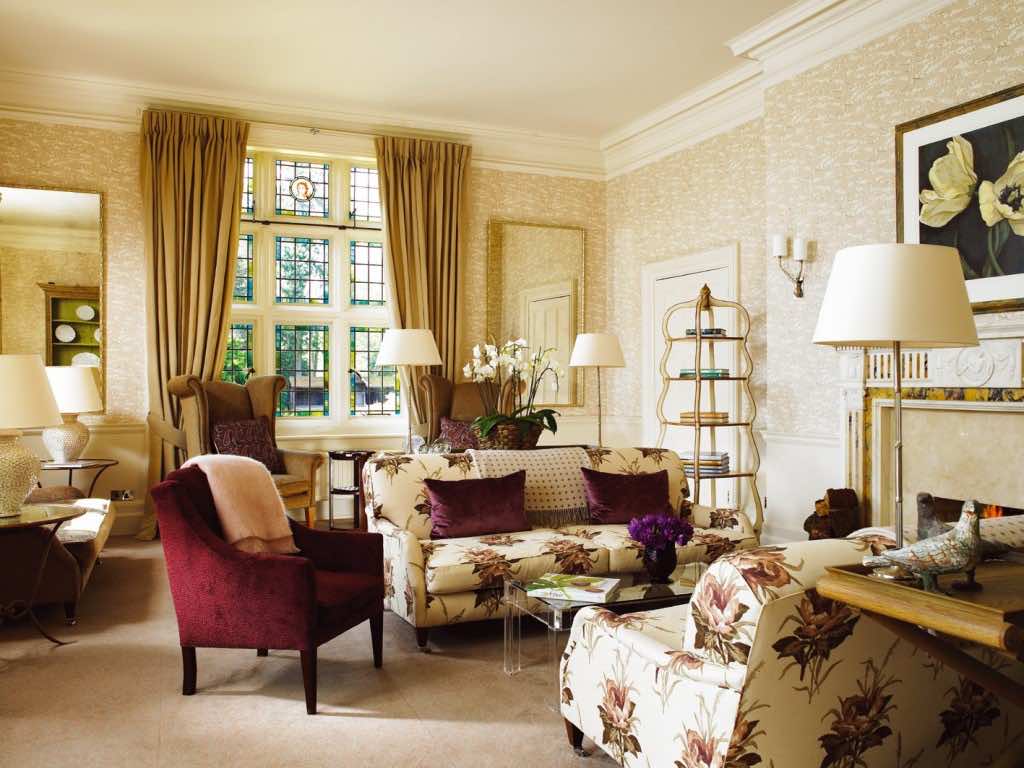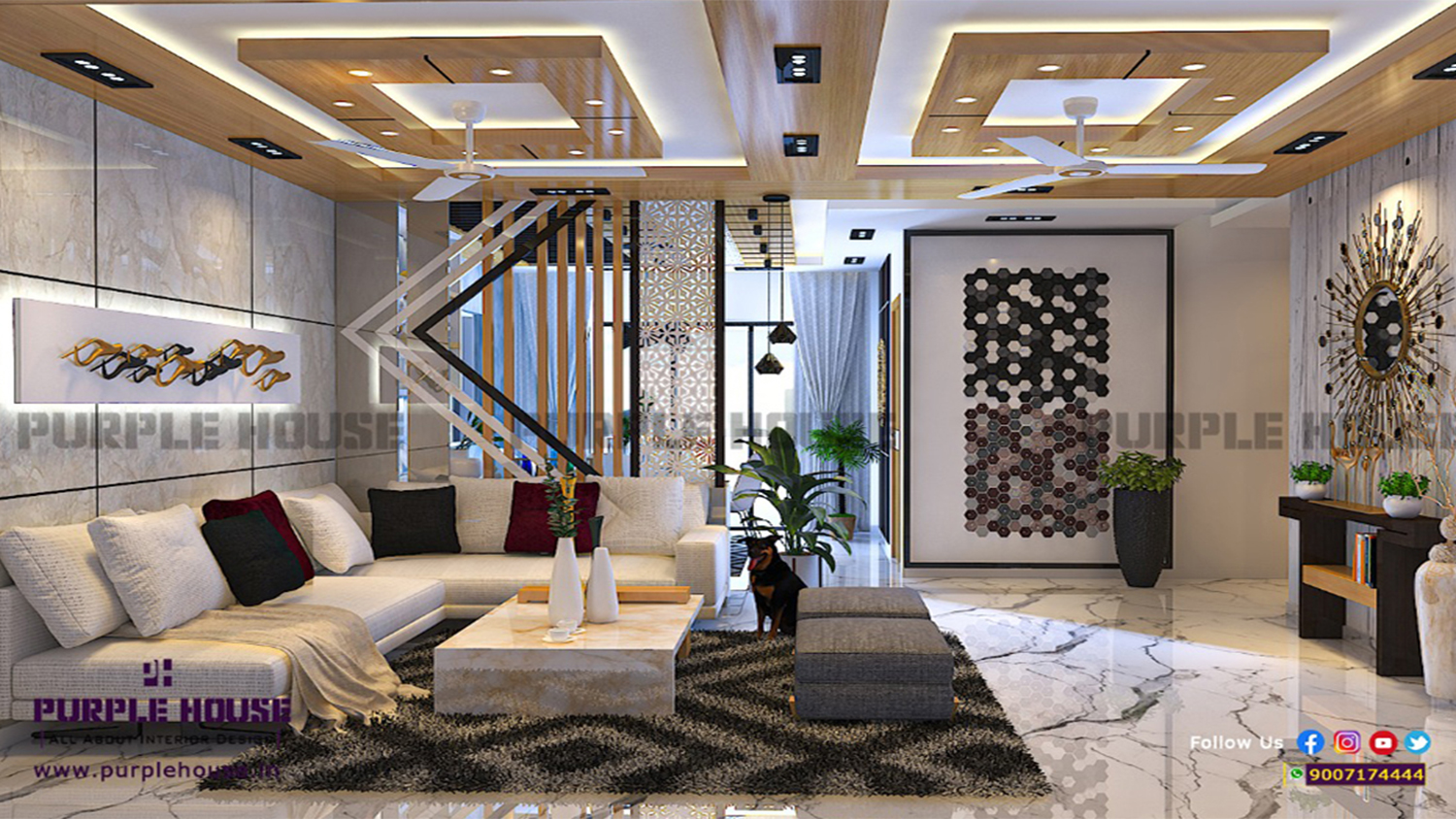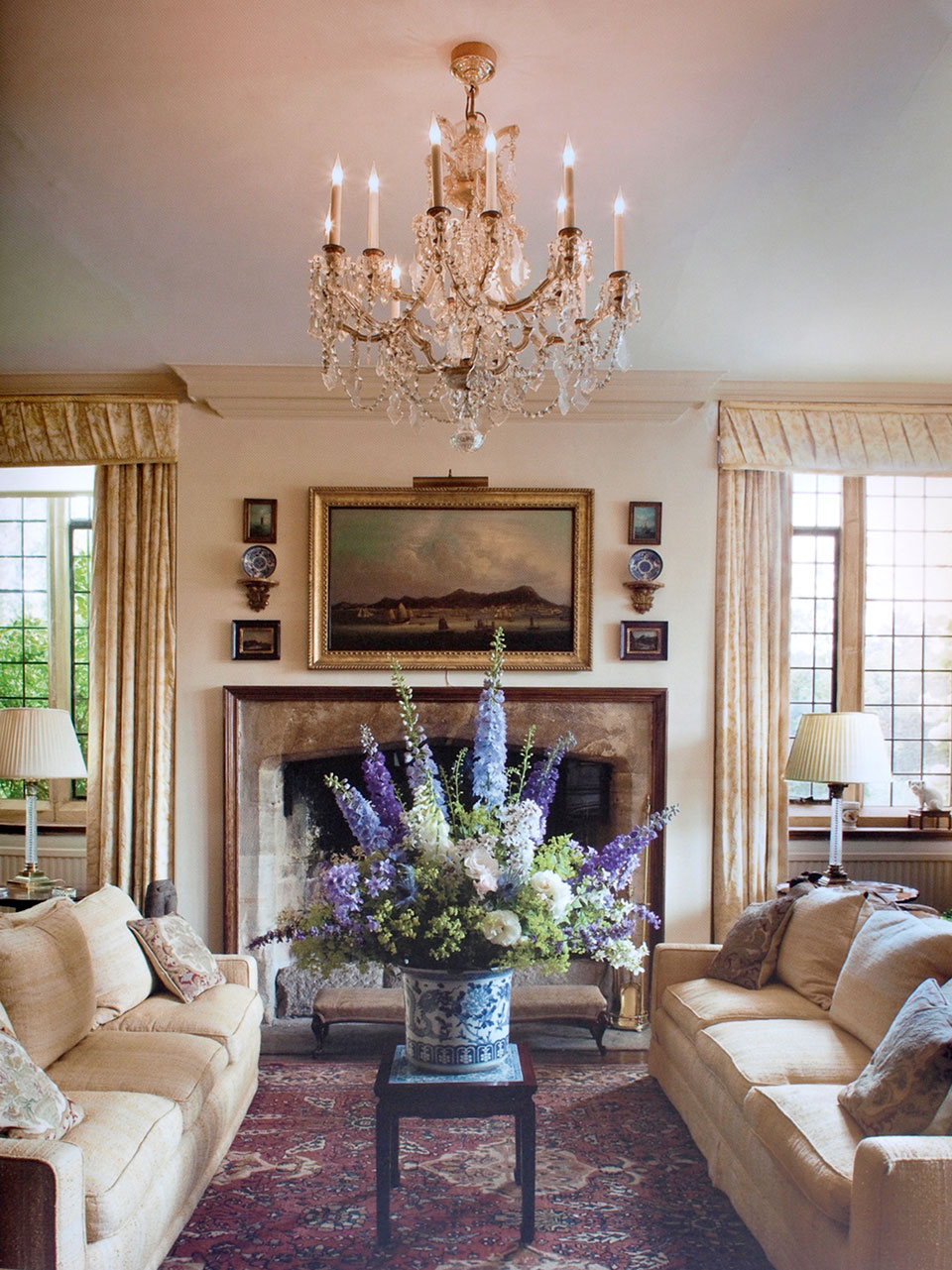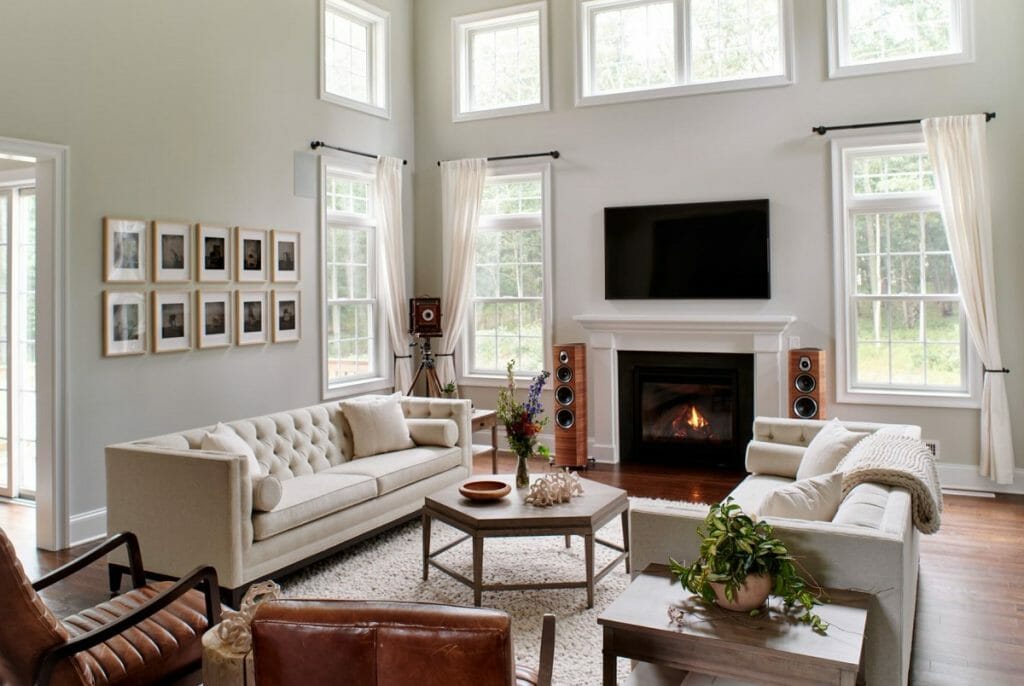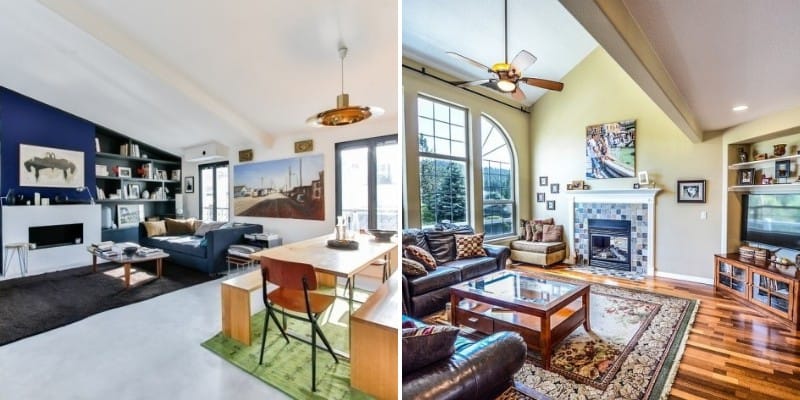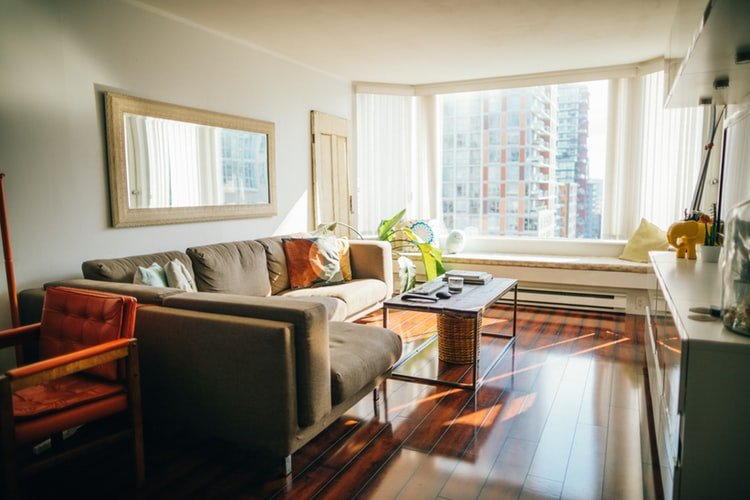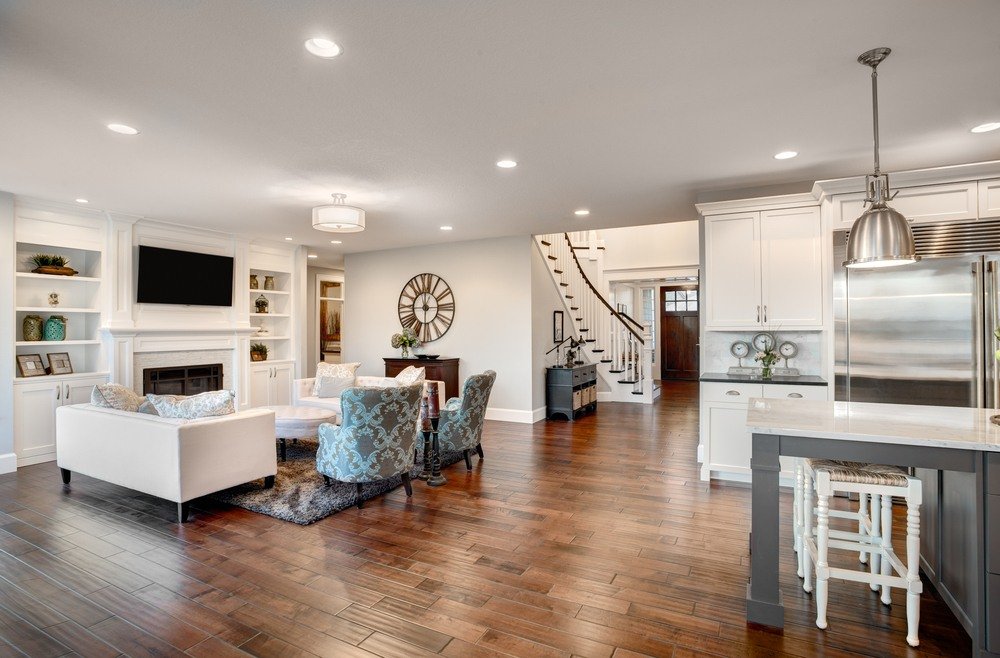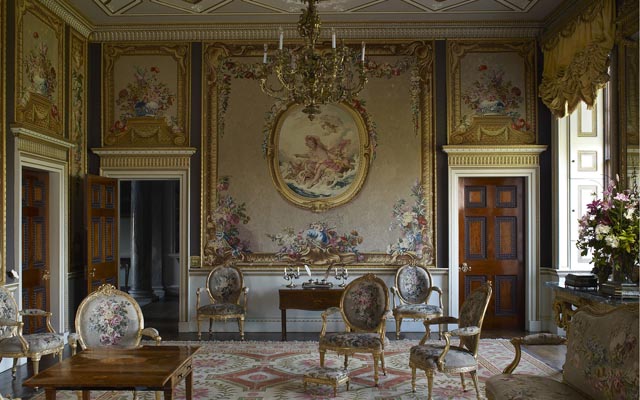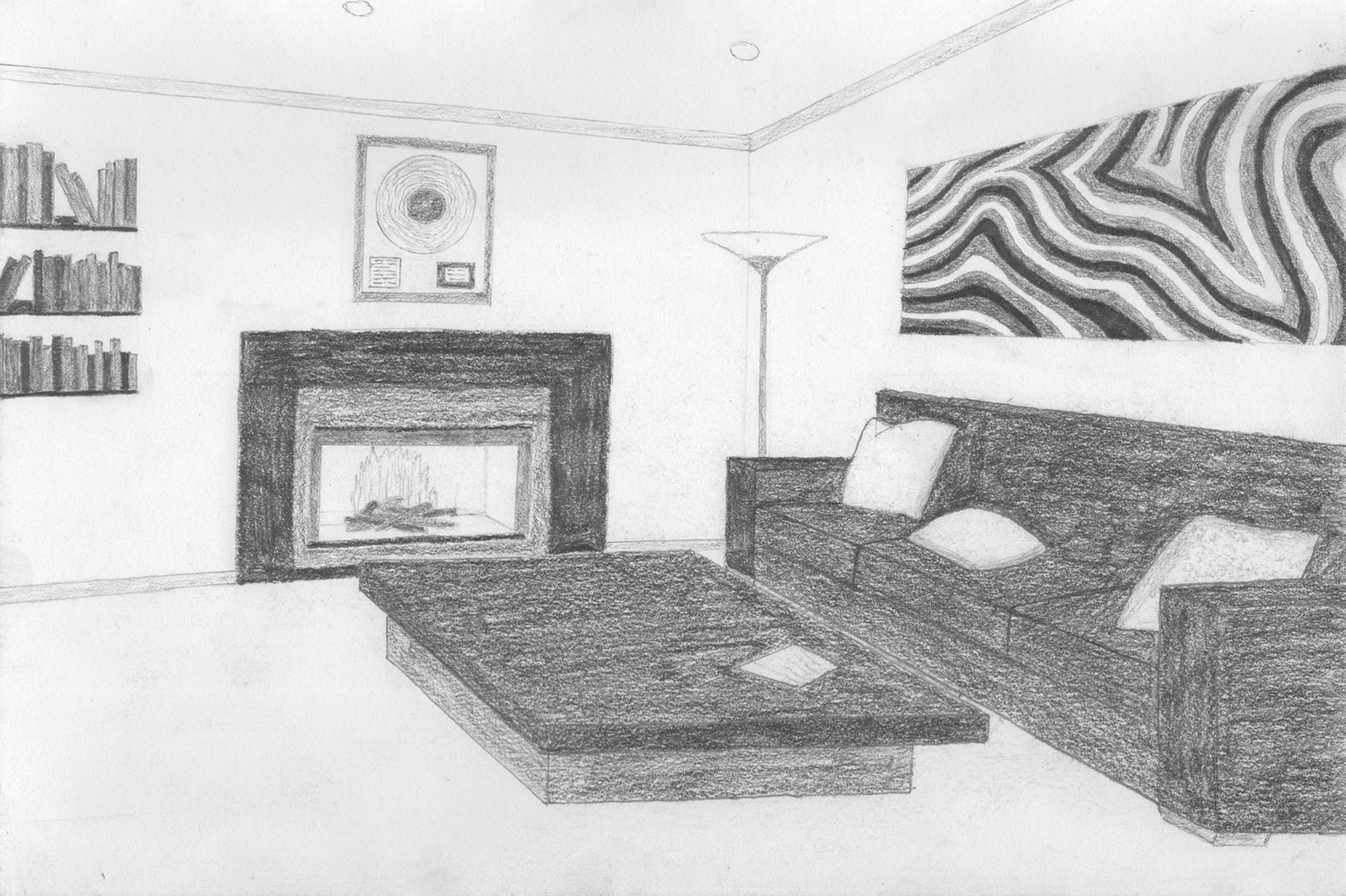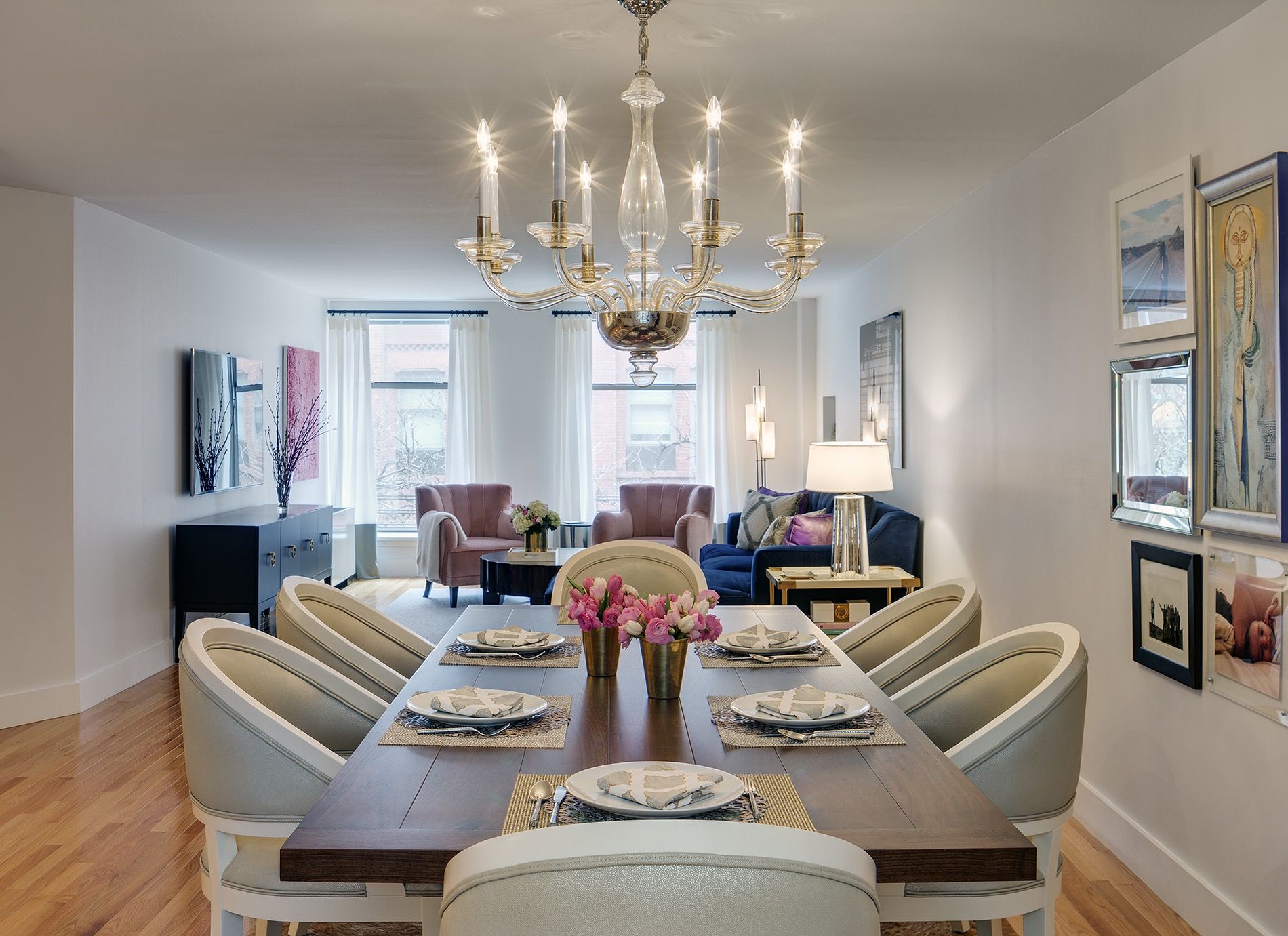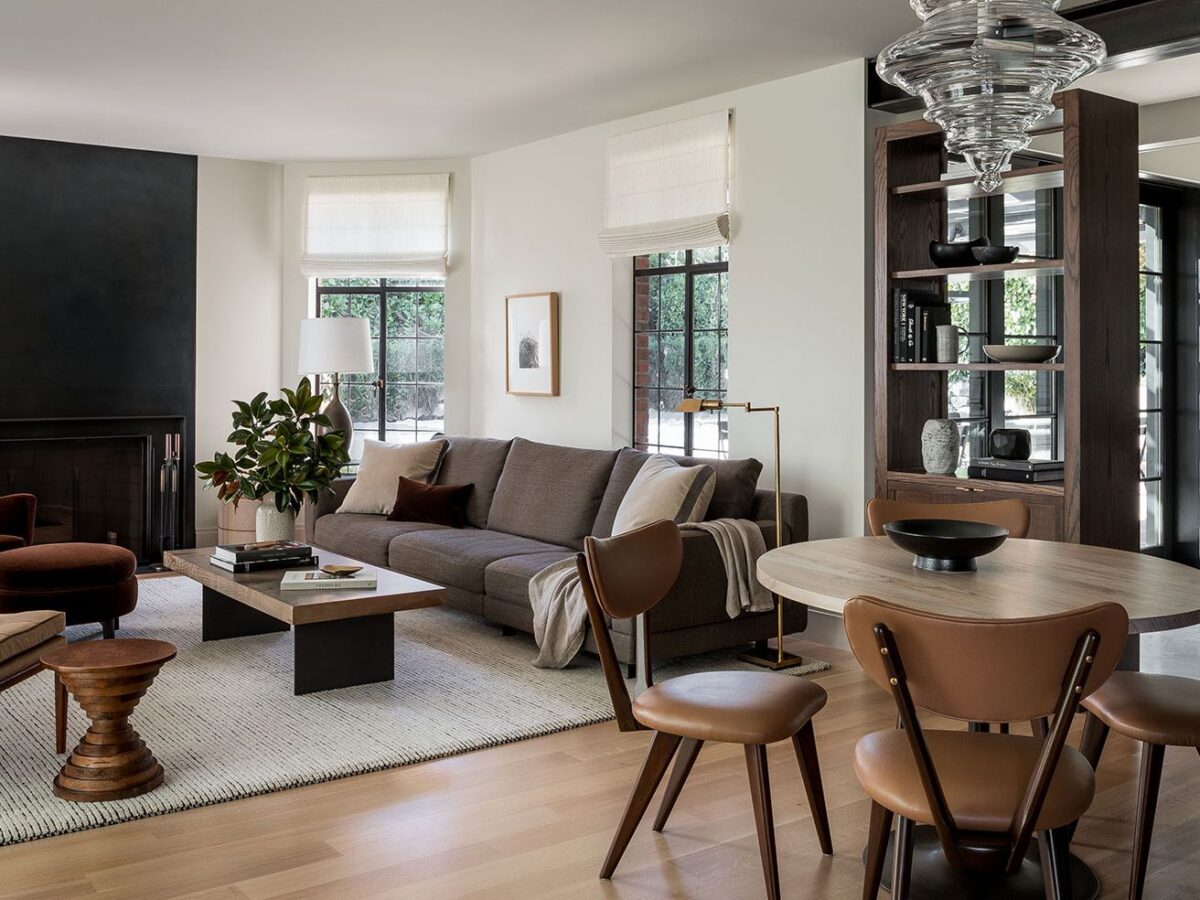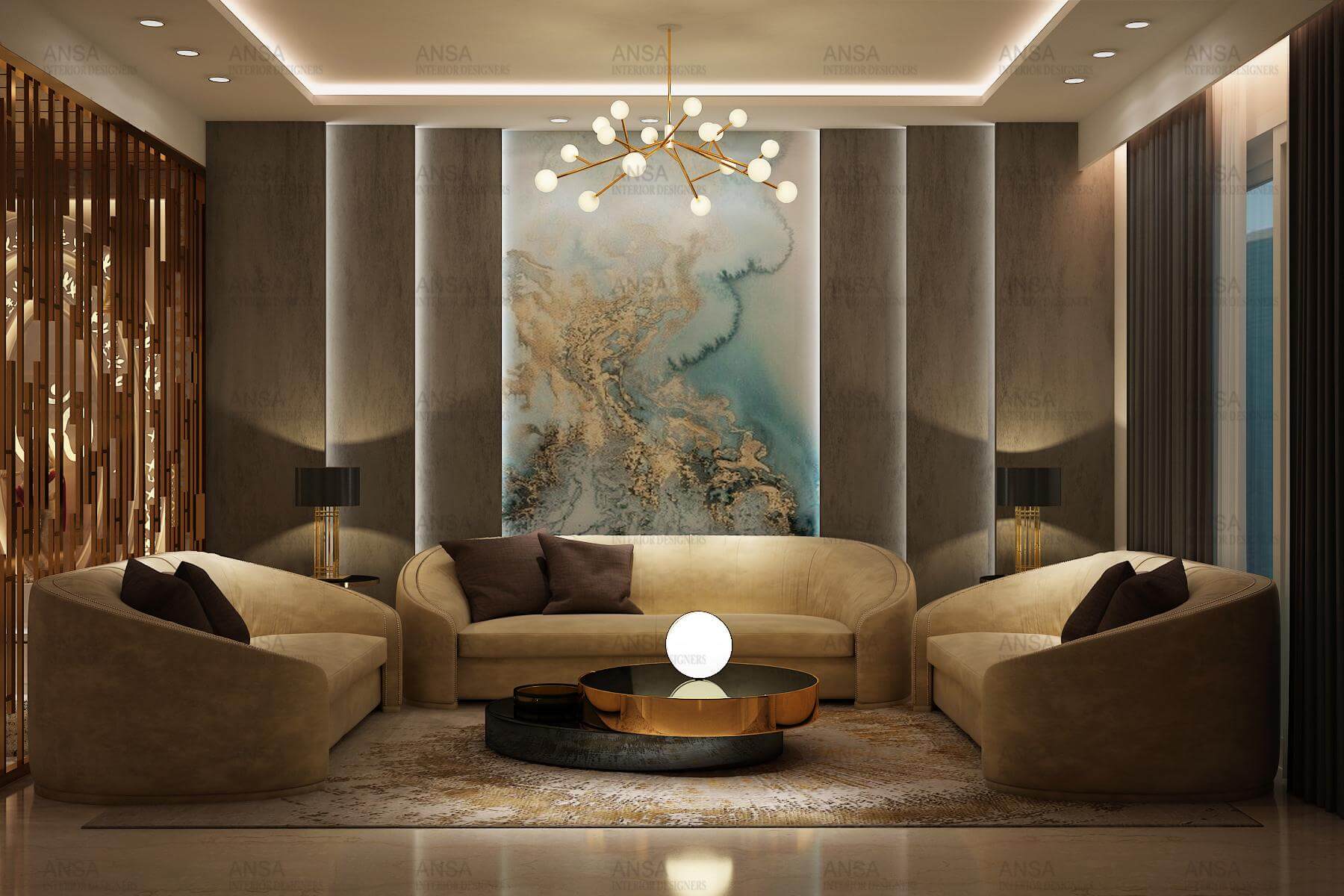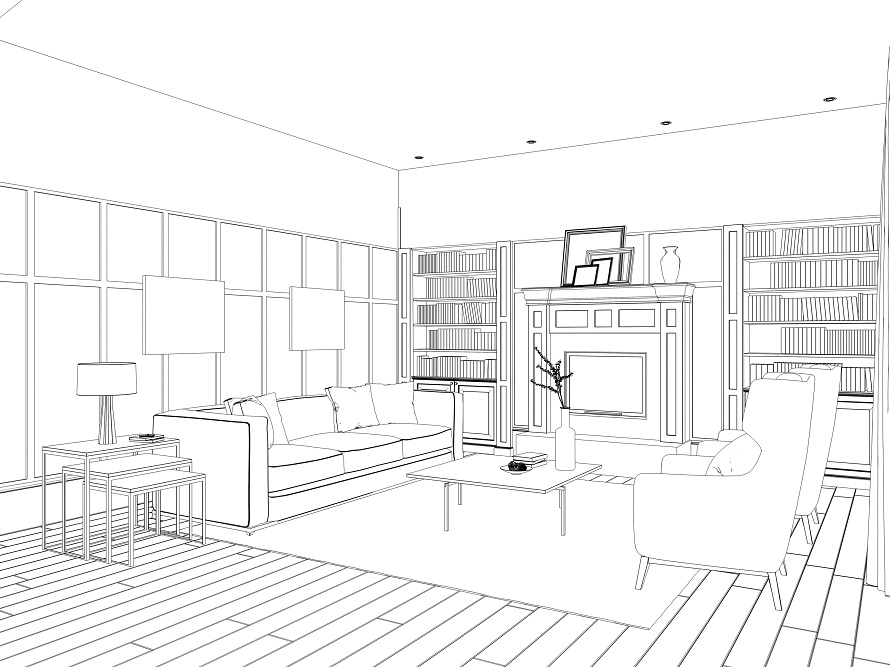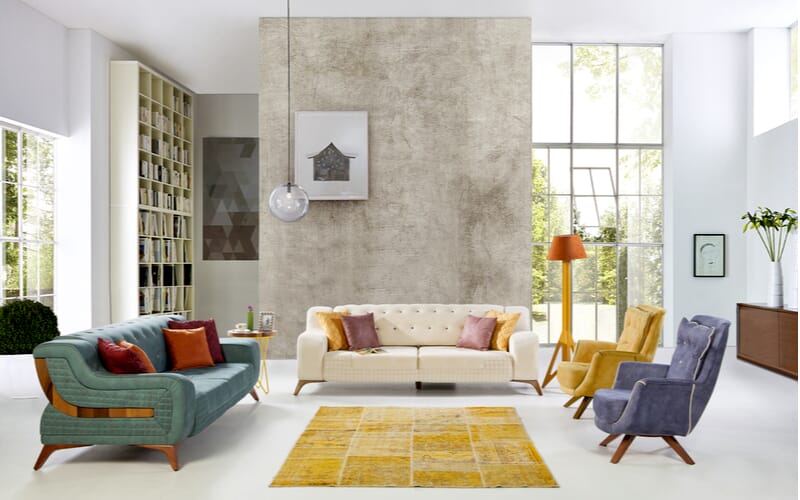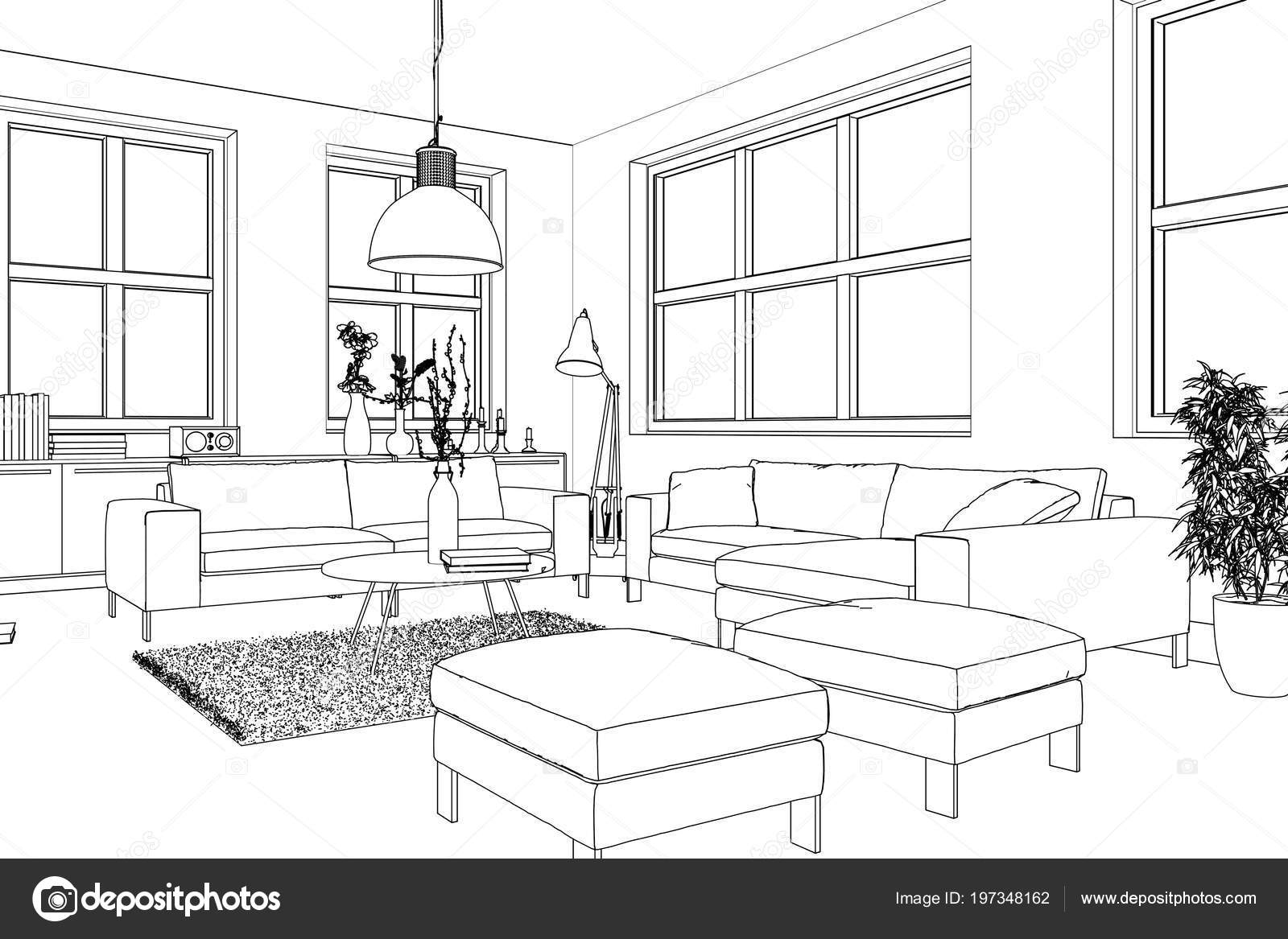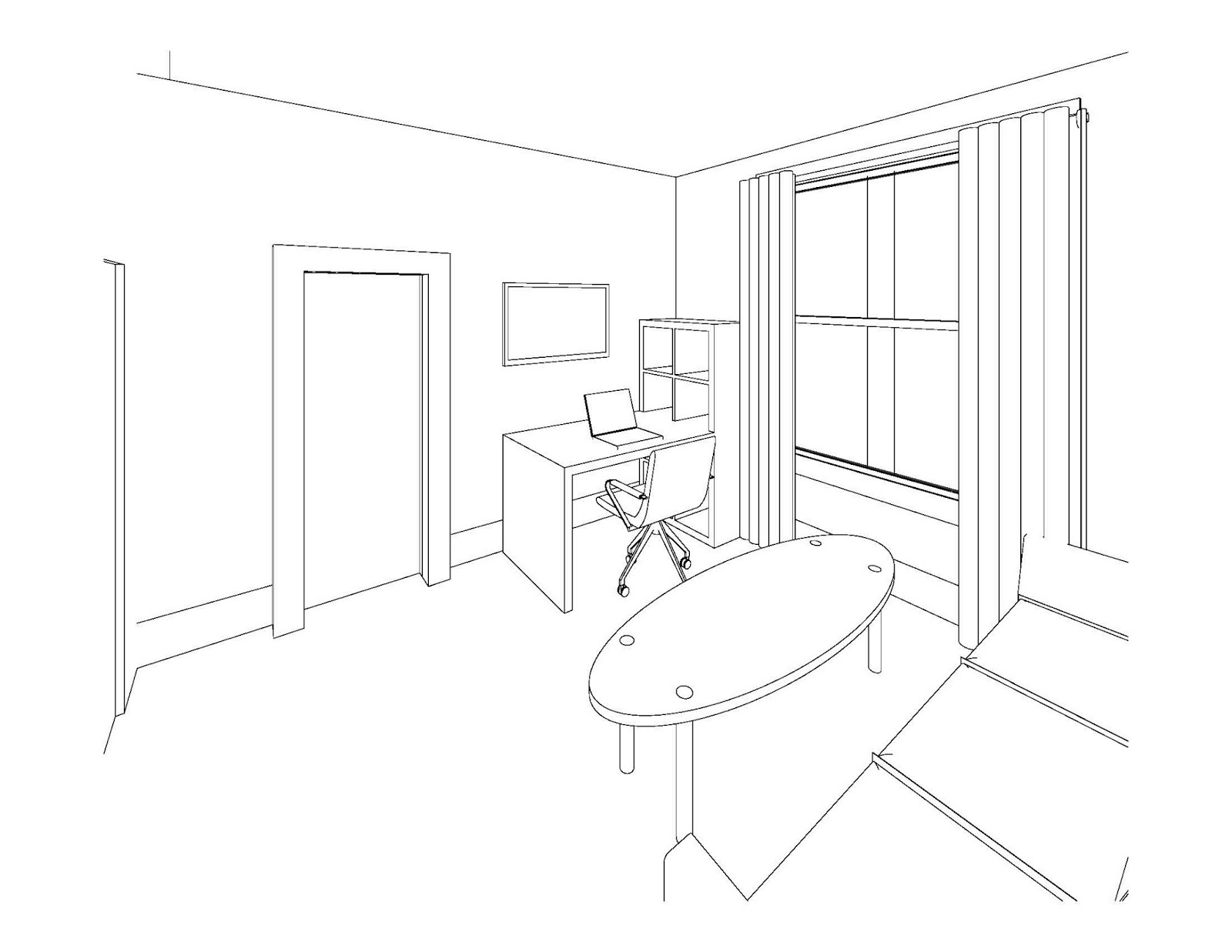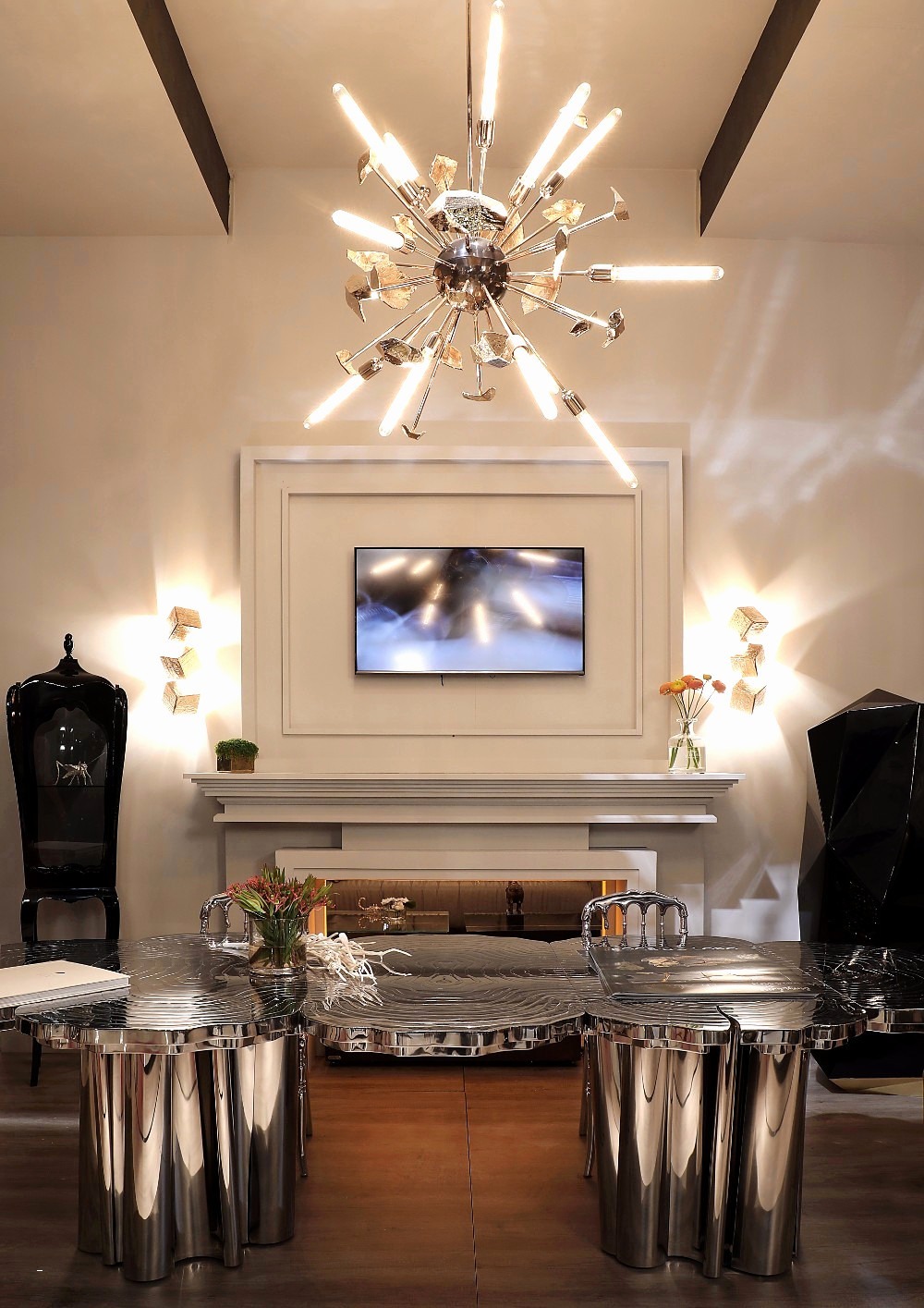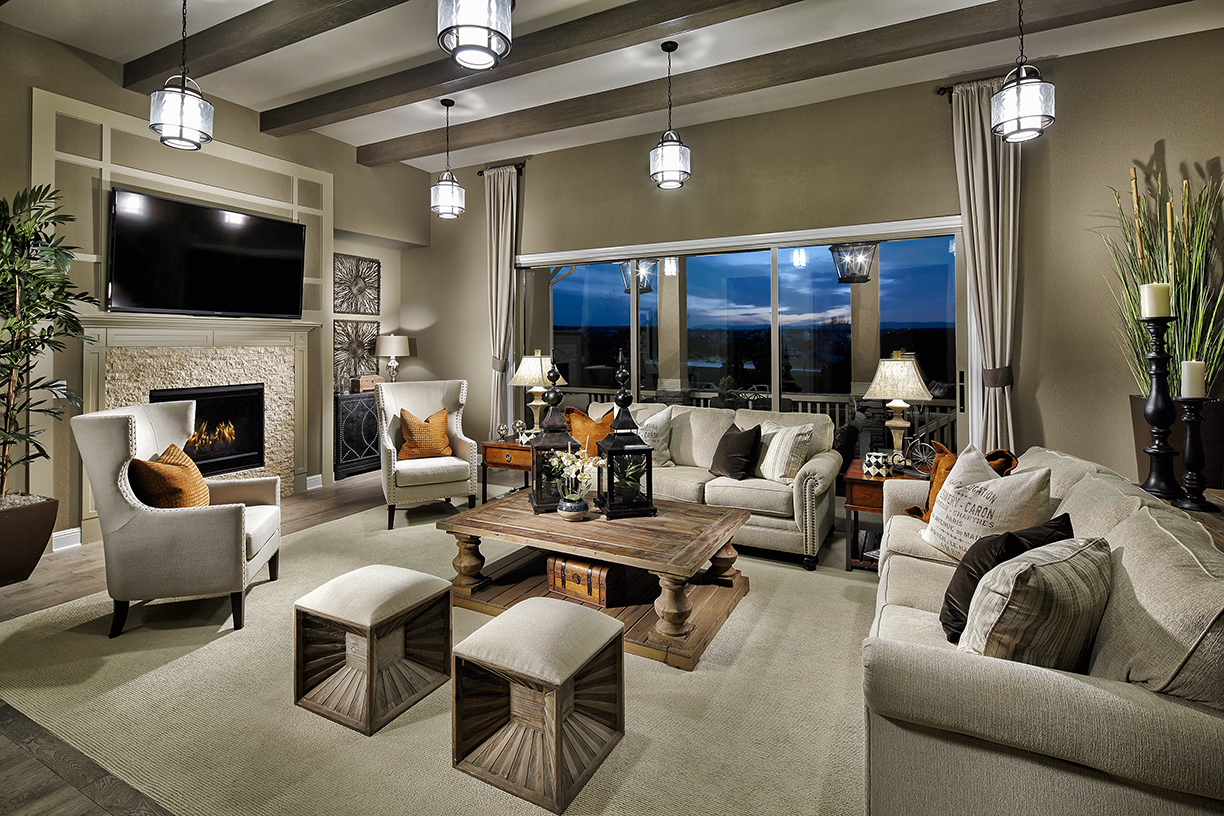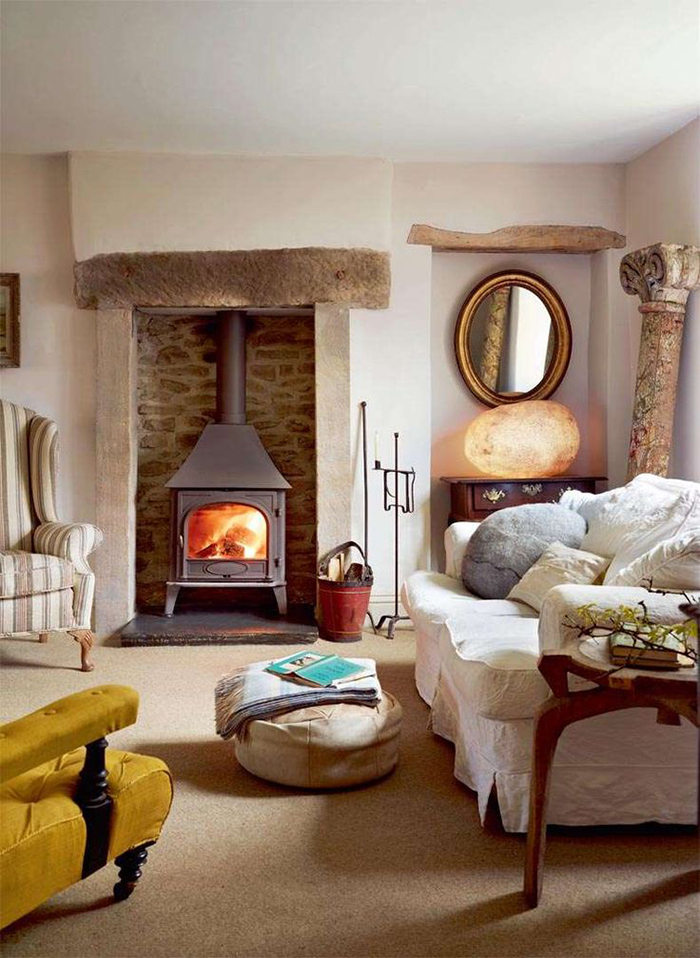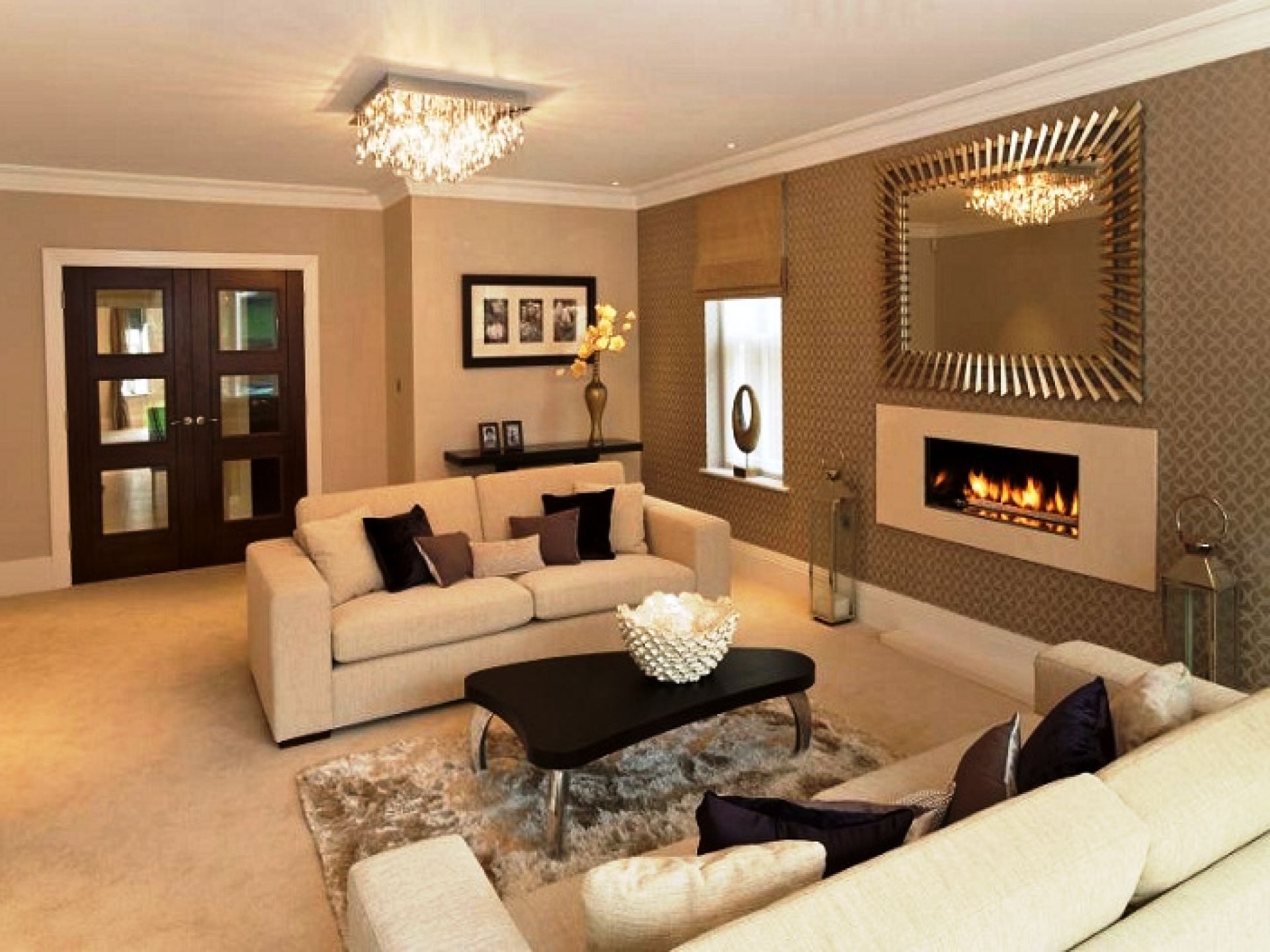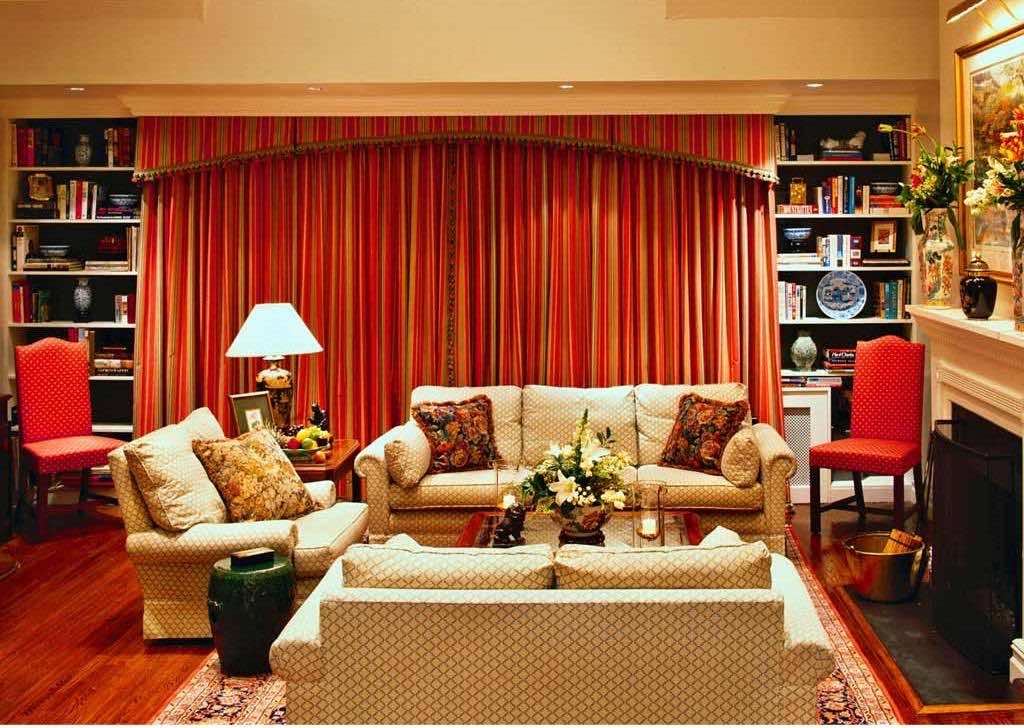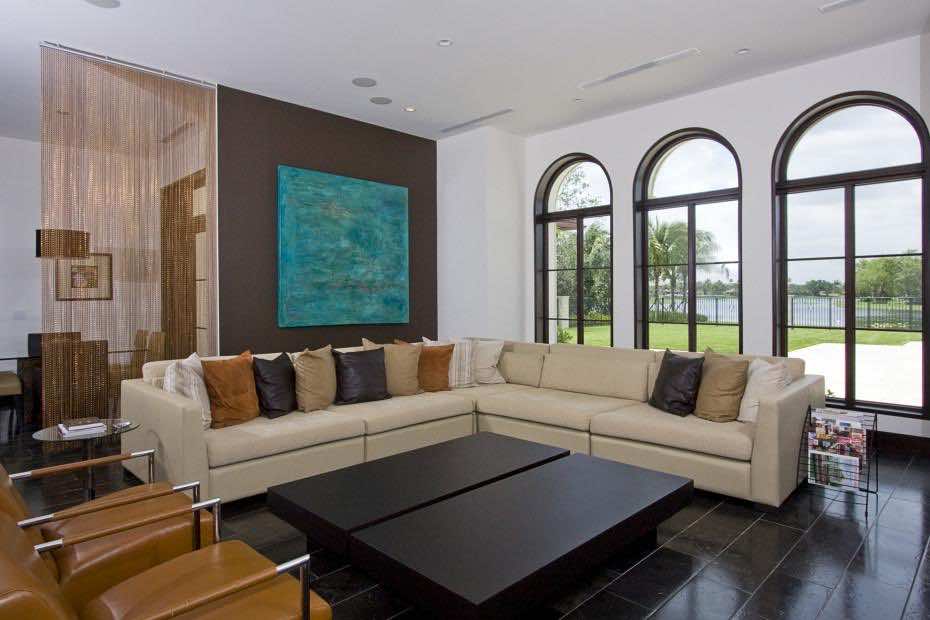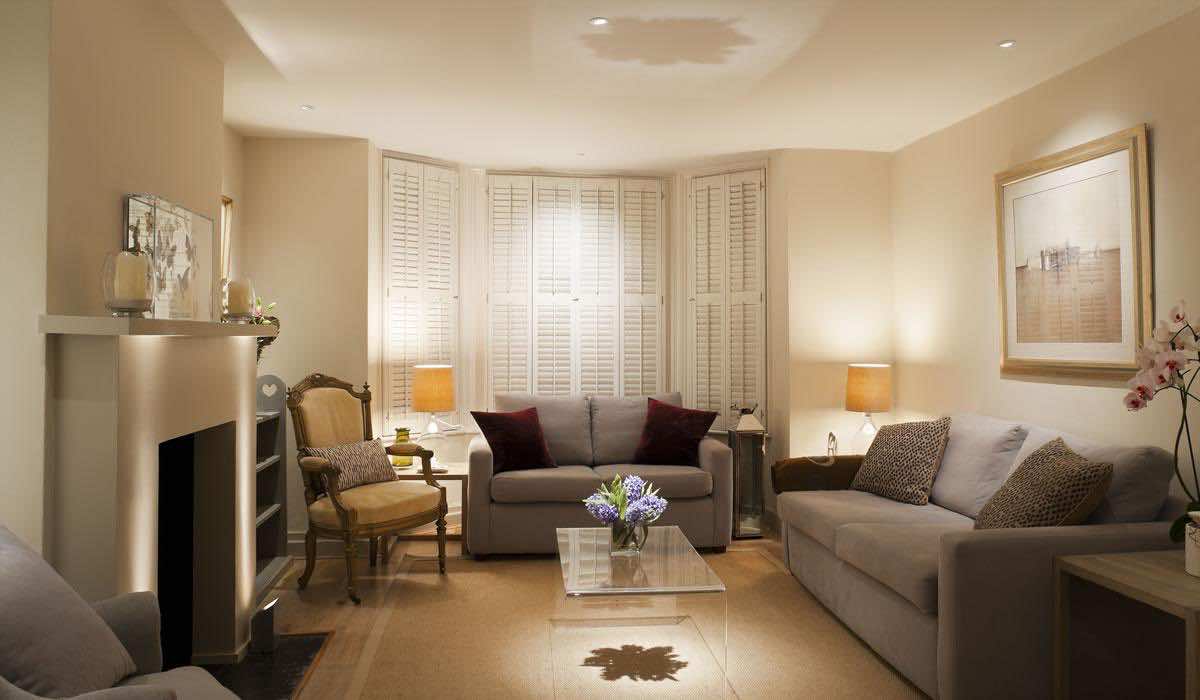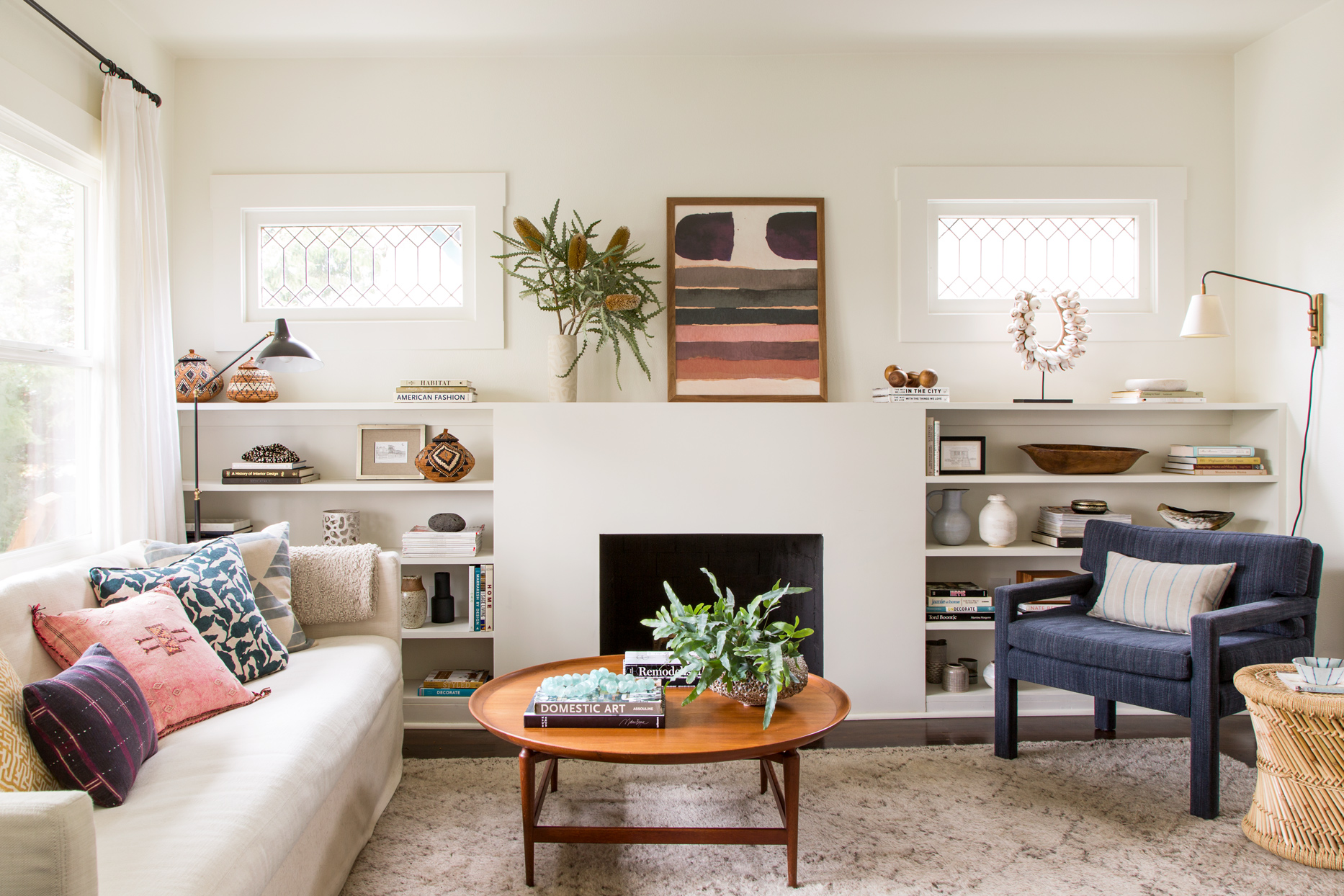The terms "drawing room" and "living room" are often used interchangeably, but they are actually two distinct spaces with different purposes. While both are commonly found in homes, they serve different functions and have their own unique features. In this article, we will explore the differences between these two rooms and help you decide which one is more suitable for your needs.Drawing Room vs Living Room: What's the Difference?
Having a drawing room and living room in your home can be both beneficial and challenging. On one hand, it provides you with extra space for entertaining guests and relaxing with your family. On the other hand, it may be difficult to maintain two separate rooms and ensure that they are both functional and aesthetically pleasing. Let's take a look at the pros and cons of having a drawing room and living room. Pros:The Pros and Cons of Having a Drawing Room and Living Room
When it comes to designing a drawing room and living room, it is important to create a cohesive and complementary look. Here are some tips to help you achieve this:How to Design a Drawing Room and Living Room That Complement Each Other
When it comes to functionality, it ultimately depends on your personal needs and lifestyle. Both a drawing room and living room can serve different purposes and have their own benefits. Here are some factors to consider when deciding which one is more functional for you:Drawing Room vs Living Room: Which One is More Functional?
The concept of a drawing room originated in the 18th century, where it was used as a formal space for receiving guests. It was typically located near the entrance of a home and was designed to impress visitors with its grandeur and elegance. In contrast, the term "living room" was first used in the 19th century and was used to describe a less formal, more comfortable space for everyday use. Over the years, the function and design of these rooms have evolved. Drawing rooms are no longer solely reserved for formal gatherings, and living rooms have become more versatile and can serve multiple purposes. Today, many homes have both a drawing room and living room, each with its own distinct character and purpose.The History and Evolution of Drawing Rooms and Living Rooms
If you have a small home and have to combine your drawing room and living room, there are ways to make the most out of the space:How to Maximize Space in a Combined Drawing Room and Living Room
Furniture plays a crucial role in creating a distinction between a drawing room and living room. Here are some tips on how to use furniture to differentiate between the two:The Role of Furniture in Creating a Distinction Between Drawing Rooms and Living Rooms
When it comes to entertaining guests, the answer once again depends on personal preference and the type of gatherings you host. A drawing room may be more suitable for formal events, such as dinner parties or business meetings, while a living room can be a more comfortable and relaxed setting for casual get-togethers with friends and family. However, it is important to note that both rooms can be used for entertaining guests and can be adapted according to the occasion. For example, a living room can be dressed up for a formal event, or a drawing room can be made more casual and comfortable for a casual gathering.Drawing Room vs Living Room: Which One is More Suitable for Entertaining Guests?
Lighting plays a crucial role in creating the right atmosphere in both a drawing room and living room. Here are some tips on how to use lighting to enhance the functionality and aesthetic of each room:The Importance of Lighting in a Drawing Room and Living Room
Lastly, remember to incorporate your personal style into both your drawing room and living room. These rooms should reflect your taste and preferences, and they should be spaces that you enjoy spending time in. Here are some ways to add a personal touch to each room:How to Incorporate Personal Style in a Drawing Room and Living Room
Drawing Room vs Living Room: The Difference in Purpose and Function
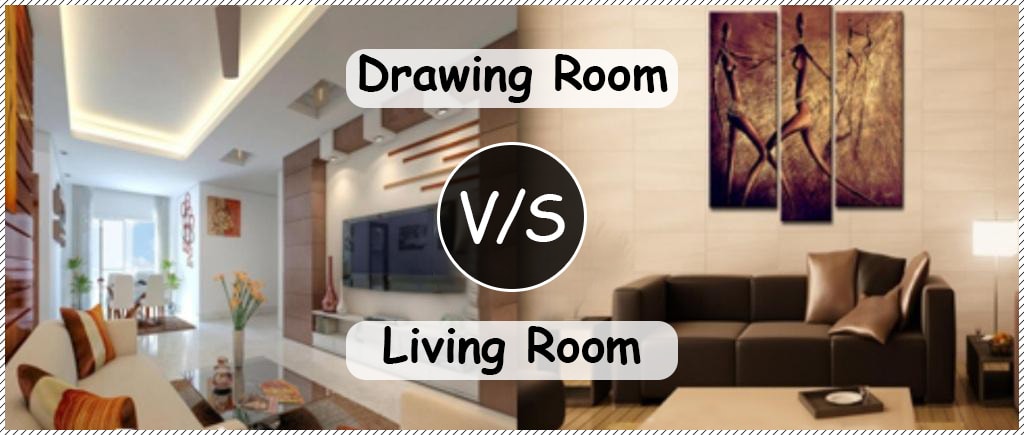
The Purpose of a Drawing Room
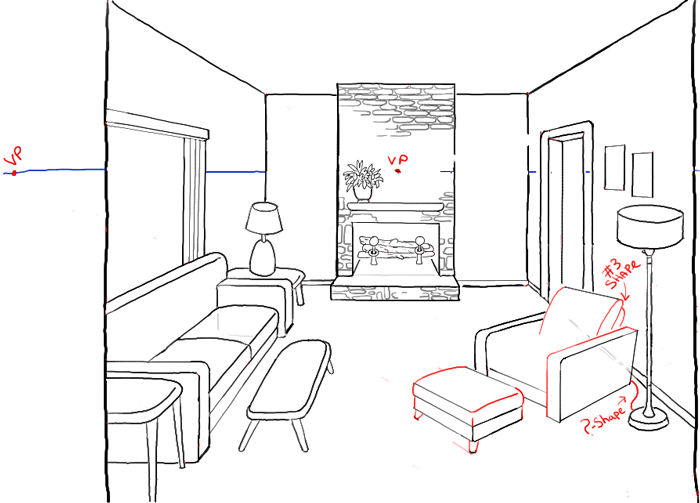 In traditional house design, a drawing room is a formal space used for receiving and entertaining guests. It is typically located near the main entrance of a house and is meant to impress visitors with its grandeur and elegance. Drawing rooms were popular in the Victorian era and were often used by the upper class for social gatherings and important events. As such, they were designed with luxurious furnishings, intricate decorations, and expensive artwork.
Drawing rooms
were also used as a space for the family to relax and spend quality time together. However, its primary purpose was to showcase the wealth and status of the homeowners. This is why it was often referred to as a "showroom" and was kept immaculately clean and organized at all times. It was not a space for everyday use, but rather a space reserved for special occasions.
In traditional house design, a drawing room is a formal space used for receiving and entertaining guests. It is typically located near the main entrance of a house and is meant to impress visitors with its grandeur and elegance. Drawing rooms were popular in the Victorian era and were often used by the upper class for social gatherings and important events. As such, they were designed with luxurious furnishings, intricate decorations, and expensive artwork.
Drawing rooms
were also used as a space for the family to relax and spend quality time together. However, its primary purpose was to showcase the wealth and status of the homeowners. This is why it was often referred to as a "showroom" and was kept immaculately clean and organized at all times. It was not a space for everyday use, but rather a space reserved for special occasions.
The Function of a Living Room
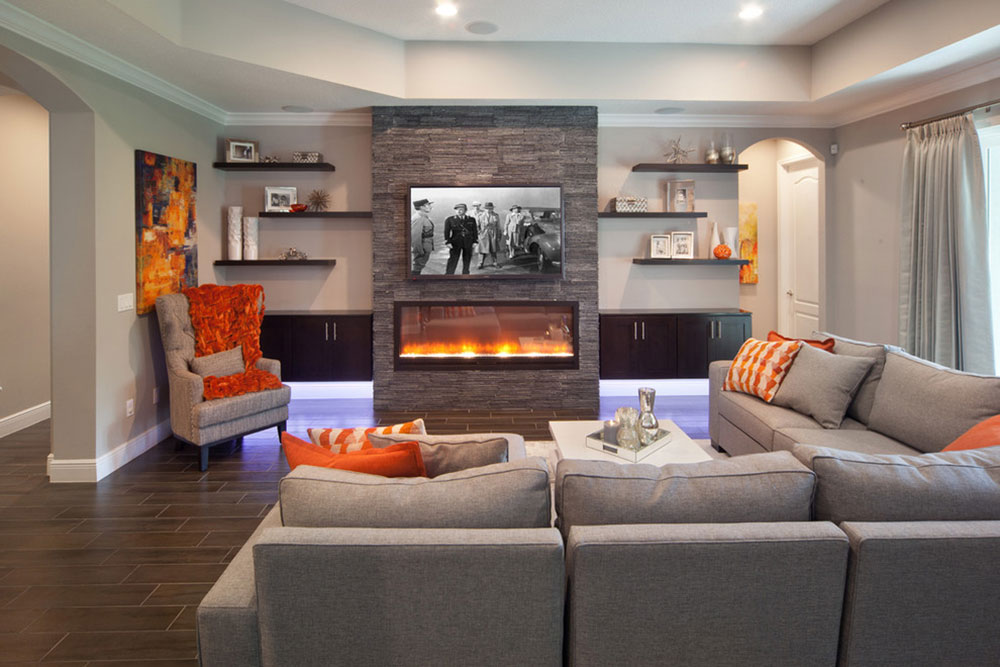 In contrast, the living room has a more practical and functional purpose in modern house design. It is often located near the kitchen and dining area, making it a central hub for daily activities. The living room is where families gather to watch television, play games, or simply relax and unwind after a long day. Unlike the drawing room, it is a space that is meant to be lived in and is designed for comfort and functionality.
Living rooms
are also more casual and less formal than drawing rooms. While they may still have stylish and decorative elements, they are not as extravagant and opulent. Instead, the focus is on creating a cozy and inviting atmosphere where people can feel at ease and comfortable. This is why living rooms are often filled with comfortable seating, soft lighting, and personal touches that reflect the homeowners' style and personality.
In contrast, the living room has a more practical and functional purpose in modern house design. It is often located near the kitchen and dining area, making it a central hub for daily activities. The living room is where families gather to watch television, play games, or simply relax and unwind after a long day. Unlike the drawing room, it is a space that is meant to be lived in and is designed for comfort and functionality.
Living rooms
are also more casual and less formal than drawing rooms. While they may still have stylish and decorative elements, they are not as extravagant and opulent. Instead, the focus is on creating a cozy and inviting atmosphere where people can feel at ease and comfortable. This is why living rooms are often filled with comfortable seating, soft lighting, and personal touches that reflect the homeowners' style and personality.
The Importance of Choosing the Right Room for Your Home
 When it comes to house design, it is important to consider the purpose and function of each room.
Drawing rooms and living rooms
serve different purposes, and it is crucial to understand these differences when designing your home. If you are someone who loves to entertain and enjoys hosting formal events, a drawing room may be the perfect addition to your house. On the other hand, if you prefer a more relaxed and casual lifestyle, a well-designed living room will be more suitable for your needs.
In the end, both drawing rooms and living rooms have their own unique charm and purpose. Whether you choose to have a drawing room, a living room, or both in your house, what truly matters is creating a space that reflects your lifestyle and makes you feel at home.
When it comes to house design, it is important to consider the purpose and function of each room.
Drawing rooms and living rooms
serve different purposes, and it is crucial to understand these differences when designing your home. If you are someone who loves to entertain and enjoys hosting formal events, a drawing room may be the perfect addition to your house. On the other hand, if you prefer a more relaxed and casual lifestyle, a well-designed living room will be more suitable for your needs.
In the end, both drawing rooms and living rooms have their own unique charm and purpose. Whether you choose to have a drawing room, a living room, or both in your house, what truly matters is creating a space that reflects your lifestyle and makes you feel at home.
